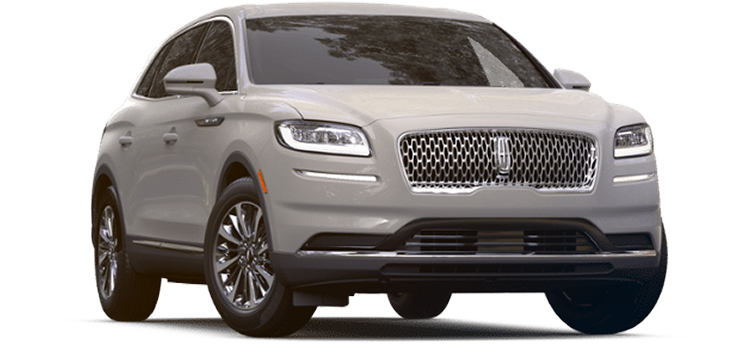

#2023 LINCOLN CROSSOVER DRIVER#
In terms of safety, the Aviator is available with the CoPilot 360 1.5 driver assistance package, which includes adaptive cruise control with stop and go, lane keep assist, a 360-degree camera system, traffic sign recognition and a whole lot more. We also can't forget that the Detroit Symphony Orchestra composed a lot of the interior chimes. Depending on how much you're willing to spend, you can spec some truly gorgeous interior trim themes, as Lincoln refers to them, and there are also massaging seats, and an available Revel Audio system. The infotainment system is still good, and it supports smartphone mirroring right out of the box. The 2023 model year unfortunately misses out on the 2022 Navigator's larger infotainment display, but we're hoping that arrives soon. The interior of the Aviator is a very nice place to spend time, and just about every surface feels and looks expensive. On the inside, Lincoln's dedication to providing a true luxury experience definitely shows. The Aviator is available with either RWD, or AWD. The PHEV delivers its power to the wheels through Ford's complicated Modular Hybrid Transmission, whereas the non-electrified V6 uses the tried and true 10-speed automatic. What's more, it's only available on the Grand Touring and Black Label Grand Touring trim levels.

Unfortunately, the PHEV's electric-only range isn't the best, coming in at around 21 miles (claimed). RELATED: Everything You Need To Know About The 2022 Lincoln Star Concept 400 hp becomes 494 hp, and somehow, 415 lb-ft of torque becomes a monstrous 630 lb-ft. In addition to a decent improvement to gas mileage, the PHEV significantly increases output. The plug-in hybrid uses the same twin-turbo V6, but it adds an electric motor, as well as a small battery pack. That's where the Aviator plug-in hybrid comes in. It has plenty of power to move along the Aviator, but it's at a small detriment to the fuel economy. This powertrain is very similar to the one found in the Ford Explorer ST. The base Aviator features a 3.0-liter twin-turbo V6, with around 400 hp and 415 lb-ft of torque. One of them is old-school, the other one looks to the future. It competes with the likes of the BMW X5, which also offers a compelling PHEV, the Mercedes-Benz GLE, the Audi Q7, the excellent Lexus RX, the Genesis GV80, and the rather unique Jaguar F-Pace.įor 2023, the powertrain offers on the Aviator remain the same. Lincoln offers the new Aviator in five different trim levels, those being Standard, Reserve, Grand Touring, Black Label, and Black Label Grand Touring. That big grille, the flowing sides, and the rear light bar all make it very clear that this Aviator means business. It follows on from the Navigator's introduction of the current design language, but it's a little more compact, a little more suave, and it has tons of presence. That becomes obvious as soon as you observe the exterior styling. It's a proper luxury SUV in its own right. Unless you count the fact that both cars can transport seven passengers, the Aviator really isn't a dressed up Explorer anymore. But that's really where the similarities end. RELATED: Here’s How The Magnificent Lincoln Model L100 Will Transform The American Luxury BrandOnce again, similar to the previous Aviator, this one uses Ford's CD6 platform as a starting point, a version of which the Explorer also uses. With interest in the Lincoln brand skyrocketing a few years ago after they introduced the current Navigator, Lincoln tried to give the Aviator formula another shot, and it seems to be working a lot better this time. Still, the original remains an affordable option these days. In theory, there's nothing wrong with that concept, but the original Aviator was far more Ford than it was Lincoln, which is why it bowed out after just three model years. They first tried it out back in 2003, and it was essentially a Lincoln version of the Ford Explorer. This isn't actually the first time we've seen the name Aviator on the back of a Lincoln SUV.


 0 kommentar(er)
0 kommentar(er)
